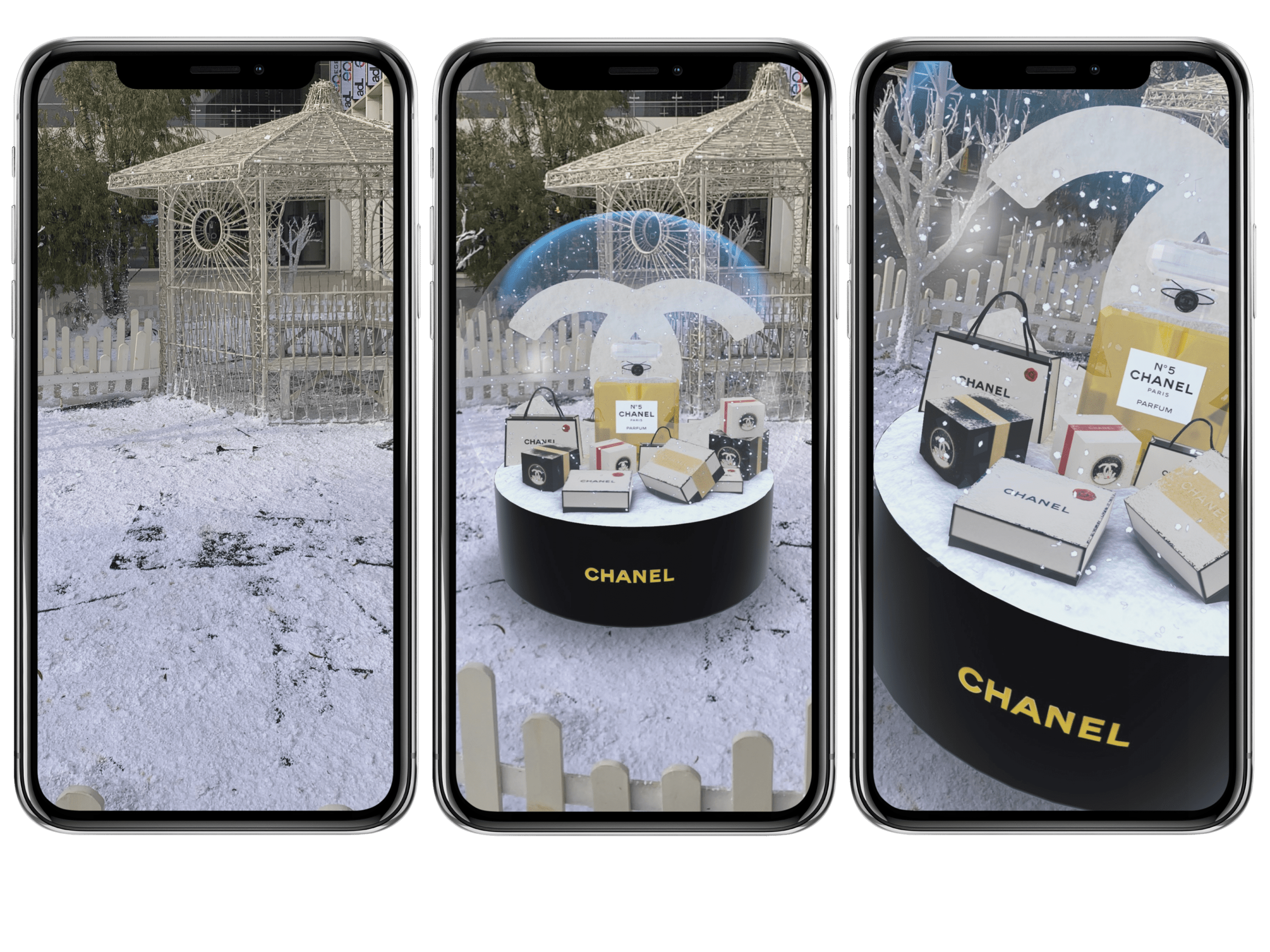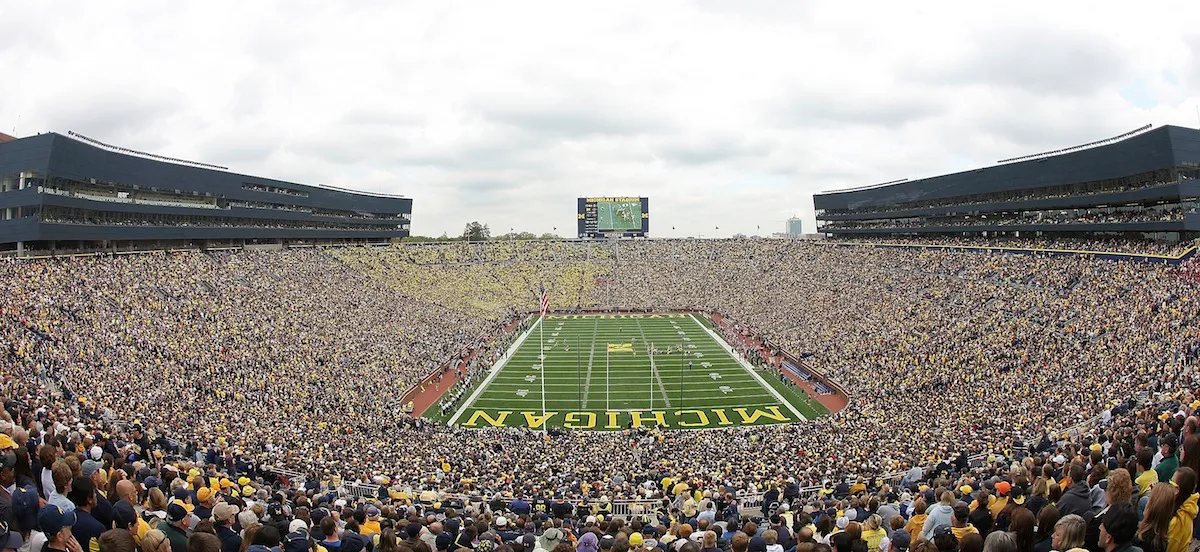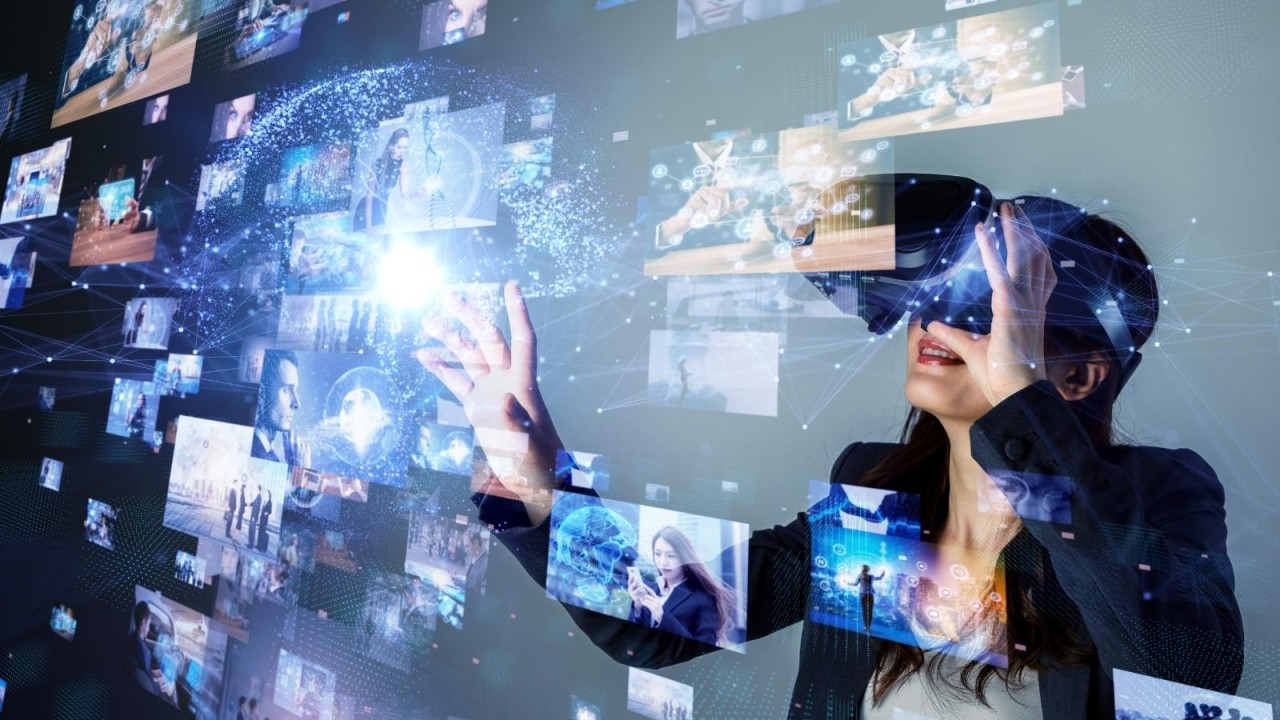As technology advances, brands are discovering new ways to create immersive, interactive experiences that engage consumers on a deeper level. Traditional marketing methods no longer suffice in capturing audience attention—customers want experiences, not just advertisements. This shift has led to the rise of experiential marketing, where brands connect with consumers through memorable, hands-on interactions.
At the forefront of experiential marketing are augmented reality (AR) and virtual reality (VR), two game-changing technologies that are reshaping digital marketing and consumer engagement. These tools allow brands to create interactive brand activations, immersive storytelling, and real-time digital experiences, making marketing campaigns more engaging and effective than ever before.
In this article, we’ll explore how AR and VR are revolutionizing experiential marketing, provide real-world examples, and highlight how Towerhouse Global can help brands implement cutting-edge immersive marketing strategies.
1. What is Experiential Marketing and How Do AR & VR Fit In?
Understanding Experiential Marketing
Experiential marketing is a strategy that engages consumers through immersive brand interactions, allowing them to connect with a brand on a personal level. Unlike traditional marketing, which relies on passive consumption (TV ads, billboards, or static digital ads), experiential marketing actively involves the consumer in the brand experience.
📌Key Characteristics of Experiential Marketing:
✔Interactive & Hands-On – Consumers participate rather than just observe.
✔Memorable & Emotional – Experiences create lasting brand impressions.
✔Shareable &Social Media-Driven – Encourages user-generated content.
✔Technology-Powered – Incorporates AR, VR, AI, and gamification.
The Role of Augmented Reality & Virtual Reality in Experiential Marketing
Both AR and VR enhance experiential marketing by adding immersive and interactive elements to campaigns, events, and retail experiences.
📌Augmented Reality (AR):
✔Overlays digital content onto the real world via smartphones, tablets, or AR glasses.
✔Used for interactive product try-ons, virtual storefronts, and AR-powered marketing campaigns.
✔Bridges online and offline shopping, helping consumers make more confident purchasing decisions.
📌Virtual Reality (VR):
✔Creates a fully immersive digital environment where consumers can interact with a brand virtually.
✔Used for virtual product launches, branded VR experiences, and virtual training.
✔Gives consumers a sense of presence and full engagement with the brand.
✔Why AR & VR are the Future of Experiential Marketing:
✅Blurs the line between physical and digital experiences.
✅Increases consumer engagement and time spent with the brand.
✅Encourages storytelling-driven marketing, enhancing emotional connections.
How Towerhouse Global Can Help:
We design immersive AR & VR brand activations that turn traditional marketing into interactive, memorable experiences for customers.
2. Real-World Examples of AR & VR in Experiential Marketing
Brands across industries—from fashion and retail to automotive and entertainment—are integrating AR and VR into their experiential marketing strategies. Here are a few standout examples:
- IKEA Place – AR-Powered Home Shopping
📌How It Works:
IKEA’s AR app lets users place 3D furniture models in their homes, helping them visualize how products fit in their space before purchasing.
✔Why This Works:
✅Increases purchase confidence and reduces returns.
✅Makes online shopping more interactive.
✅Bridges physical and digital retail.
- Coca-Cola’s AR Holiday Campaign
📌How It Works:
Coca-Cola launched AR-enabled holiday packaging, where users could scan a Coke can to unlock animated holiday experiences and personalized messages.
✔Why This Works:
✅Transforms packaging into an interactive brand activation.
✅Encourages emotional connections with consumers.
✅Drives digital engagement and social sharing.
- Nike Fit – AR Shoe Sizing for E-Commerce
📌How It Works:
Nike’s AR-powered app scans users’ feet and recommends the best shoe size, eliminating the guesswork of online shopping.
✔Why This Works:
✅Reduces returns due to incorrect sizing.
✅Enhances the digital shopping experience.
✅Builds trust in Nike’s innovative technology.
- Warner Bros.’ IT Movie VR Experience
📌How It Works:
Warner Bros. launched a VR horror experience for the film IT, allowing users to explore Pennywise’s lair in virtual reality.
✔Why This Works:
✅Increases fan engagement with an immersive brand experience.
✅Drives excitement for movie releases.
✅Creates buzz on social media through user-generated content.
- Ray-Ban’s Virtual Try-On for Sunglasses
📌How It Works:
Ray-Ban’s AR try-on experience allows users to see how different sunglasses look on their face in real-time before purchasing online.
✔Why This Works:
✅Encourages confident online shopping decisions.
✅Reduces product returns by ensuring better fits.
✅Seamlessly blends AR with digital marketing.
3. Why Brands Should Invest in AR & VR for Experiential Marketing
📌1. AR & VR Create Personalized Consumer Experiences
✔ Consumers engage one-on-one with the brand, creating a deeper emotional connection.
✔ Personalized experiences increase customer satisfaction and brand loyalty.
📌2. AR & VR Enhance Digital Marketing Campaigns
✔Interactive experiences outperform static content, increasing engagement rates.
✔Social media AR filters and VR activations drive user-generated content (UGC).
📌3. AR & VR Turn Marketing into Entertainment
✔ Consumers are more likely to interact with brands if the experience is fun and engaging.
✔Gamification elements encourage participation and repeat engagement.
How Towerhouse Global Helps:
We specialize in creating experiential marketing campaigns that integrate AR & VR for maximum audience engagement.
4. How Towerhouse Global Can Help Brands Implement AR & VR in Experiential Marketing
📌Our AR & VR Marketing Services:
✔Custom AR Brand Activations – From AR product demos to interactive brand experiences.
✔VR Event & Trade Show Experiences – Transform in-person events into immersive digital activations.
✔AR-Powered Social Media Filters – Increase engagement with branded Instagram, TikTok, and Snapchat filters.
✔Retail & E-Commerce AR Integration – Enhance online shopping with virtual try-ons and 3D product visualizations.
📩Contact Towerhouse Global today to develop a high-impact AR & VR experiential marketing campaign that captivates audiences and transforms brand engagement! 🚀
Final Thoughts: The Future of Experiential Marketing is AR & VR-Powered
✔Augmented reality and virtual reality transform brand engagement from passive to interactive.
✔These technologies enhance digital marketing by integrating interactivity into social media and e-commerce.
✔Brands that invest in AR & VR-driven experiential marketing will create stronger emotional connections with consumers.
At Towerhouse Global, we specialize in:
✅Developing AR & VR-powered brand activations that captivate audiences.
✅Seamlessly integrating AR & VR with experiential and digital marketing.
✅Creating unforgettable consumer experiences that drive brand awareness and sales.
📩Ready to elevate your marketing strategy with AR & VR? Contact Towerhouse Global today to explore innovative experiential marketing solutions! 🚀




